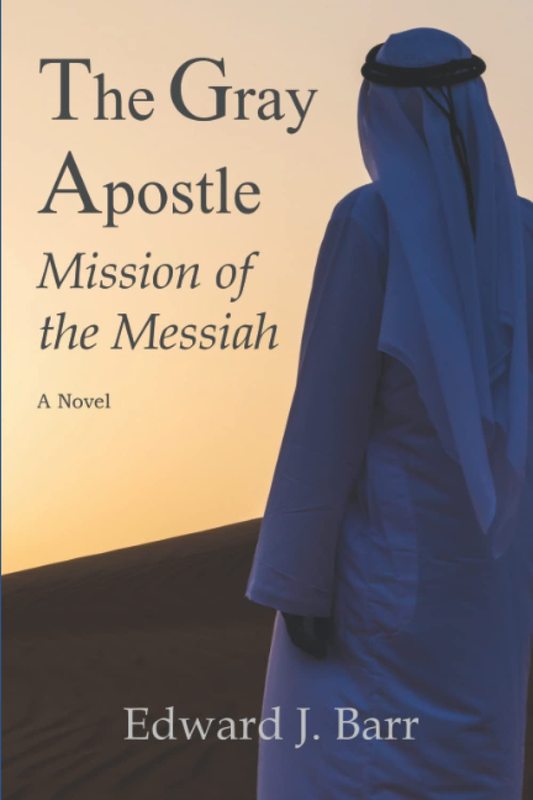The Gray Apostle: Mission of the Messiah

The Gray Apostle: Mission of the Messiah is based on the biblical events of Jesus’s ministry, from before his birth to his passion and death. The action is pitted between two groups, the occupying Roman forces led by ruthless intelligence officers, and youngsters guided by the mysterious gray apostle. The Roman soldier who will be a thorn in the side of Jesus’ ministry is a counterintelligence officer who runs undercover operations to maintain the Pax Romana. The gray apostle directs three young Jewish children who are drawn to Jesus by different paths, all converging under his leadership and guidance. They are trained in intelligence operations and conduct missions behind the scenes in support of Jesus’ mission. If you love the bible and are intrigued by intelligence operations and spying, maybe you will be able to determine – who IS the gray apostle?
The Gray Apostle: Mission of the Messiah was based on several conversations I had over the years with friends who are both career intelligence officers and committed Christians. While the role of intelligence, particularly counterintelligence, is seldom considered regarding biblical events, those of us in the intelligence community know it played a role. The “gray apostle” is an adaptation of the consummate Human Intelligence (HUMINT) professional, who is called the “gray man” since he works behind the scenes and blends into the scenery. For those of you who have played “find the spy” in the airport, I can assure you the person that looked like a spy wasn’t a savvy HUMINT officer.
The Gray Apostle: Mission of the Messiah is a work of historical fiction. Much time was spent to ensure that the story stays as close to the historical record as possible. The Roman battles, names of senior Roman commanders, and uniforms are all based on academic research. The geographical depictions of the type of crops and terrain are also accurate. Where there are debates over the spelling and pronunciations of certain towns (Hebrew vs. Greek) I have selected the easier option for modern readers. The names of the fictional characters were among the most popular for the Jewish and Roman communities.
The biblical events are all taken from the Gospels. Care was taken to limit the number of added words assigned to Jesus in the work; I hope and pray He would be pleased with my decisions. Some of the storyline is taken from historical writings and pious traditions. But we all realize there is much about Jesus’s life that we don’t know. As St. John stated in his gospel, “There are also many other things that Jesus did, but if these were to be described individually, I do not think the whole world would contain the books that would be written.” The Gray Apostle: Mission of the Messiah is my attempt to stimulate the love of scripture, open eyes to intelligence operations, and recognize that the excitement of following Jesus can also be part of our own salvation history.
Semper Fidelis,
Ed


